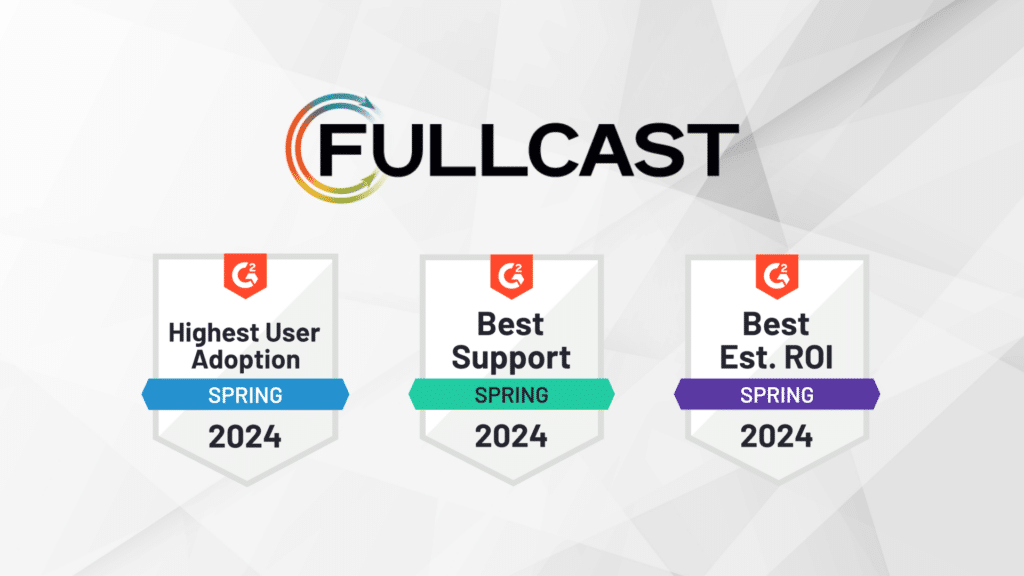What are revenue operations?
Revenue operations (RevOps) means different things to different people, depending on the context. Some may associate RevOps with specific organizational structures or financial reporting methods. However, over the past few years, the term RevOps has come to signify a mindset that the revenue-generating teams – Marketing, Sales, and Customer Success – all share the same goal: to provide the best possible customer experience.
Adopting a RevOps mindset alone, however, is not enough to deliver on the RevOps promise.
RevOps really starts with the go-to-market plan – the strategy that aligns your resources to your market’s needs. To make the RevOps mindset actionable, you must have insights embedded in your systems in a way that brings sales, customer success, and marketing together around your go to market strategy.
How do tools play a role in RevOps?
Typically, the Customer Relationship Management (CRM) system is the primary platform shared by sales, customer success, and marketing. However, CRMs have a limited ability to provide meaningful RevOps insights. For this reason, each of the revenue teams often turn to point solutions that serve their unique needs. Unfortunately, the popularity of RevOps tools, in some ways, has served to obscure the most important goal. Tools aside, collaboration is key.
What does RevOps collaboration look like?
- Account Based Marketing: For ABM to be successful, marketing and sales need visibility into one another’s go to market (GTM) plans, including territories, targets, and strategies. For example, if a sales rep learns about an industry shift, they should be able to enter that information into their systems so the marketing team gets notified and can recalibrate ABM campaigns.
- Teaming: Sharing data throughout the buyer journey allows the team to tailor that experience to a unique set of needs. For example, a business development representative on the marketing team may gather info about a lead. That information can help the sales team decide to bring in a sales engineer with a specific skill set that matches the lead’s individual business needs.
- Feedback Loops: Throughout interactions with a potential customer, sales reps receive insight that can provide value to marketing and customer success. The most accurate employee counts, for example, often come from customers themselves rather than third-party data providers. Giving reps a place to share this information can have important impacts on the team’s overall GTM plan.
Again, the foundation of RevOps is a mindset of customer centricity. It only becomes actionable, however, by narrowly focusing on the best way to serve customers – which is articulated through the GTM plan. Therefore, we see RevOps as: operational processes and systems that enable marketing, sales, and customer success to collaborate to integrate go-to-market strategy with execution.
How do point tools hinder RevOps execution?
RevOps leaders often deploy single point solutions (point tools) to facilitate management and automation of various pieces of the go-to-market (GTM) strategy, such as lead routing or hold-outs. While these tools can be helpful, they need to be managed separately, may not integrate well with other tools, and ultimately create a fractured view of the GTM Strategy. Any change to the GTM plan requires re-configuration of all the tools in the automation chain.
Managing run-time execution of GTM strategy through point tools leaves RevOps teams stuck dealing with issues one-by-one. The net result is Rev Ops teams who spend time manipulating systems rather than contributing to strategy.
Fullcast allows you to have a consolidated and strategic view of your entire GTM plan, and any changes in GTM design will automatically trigger the re-configuration in the run-time components.
How does Fullcast approach RevOps?
The Fullcast platform, which integrates seamlessly with your CRM, connects the key components of go-to-market strategy, both in the planning and execution phases.
Plan & Collaborate:
- Fullcast gives your team a single place to design the go-to-market strategy.
- Eliminate spreadsheets – multiple team members can create plans directly in Fullcast
- Within the platform, you can operationalize market segmentation by designing targets and quotas as well as territories and teams, all in one place.
- The result is a single source of truth.
Enforce & Automate:
- Create run-time policies to operationalize the GTM plan.
- When something changes, policies update all related aspects GTM plan
- When a rep joins the team, for example, you can date that change such that assignments and targets are adjusted automatically according to a predetermined ramp profile.
Align & Optimize:
- The Fullcast platform allows the creation of unlimited dashboards to track performance on the KPIs that matter to you.
- Further, these KPI’s are reflected in relation to the GTM plan, so you can always track performance in relation to that plan.
- When plan drift inevitably occurs, you can quickly get the insight needed to course correct.
Model & Scale:
- As market conditions change daily, RevOps teams need the ability to model out various scenarios that allow the agility to pivot their GTM.
- Fullcast’s robust what-if and scenario planning allow for just that.
- Connecting scenario planning to your CRM means that if one scenario proves to be better than the current situation, you can instantly implement and execute on it.
Are you ready to take RevOps to the next level? Get your Fullcast demo today!











